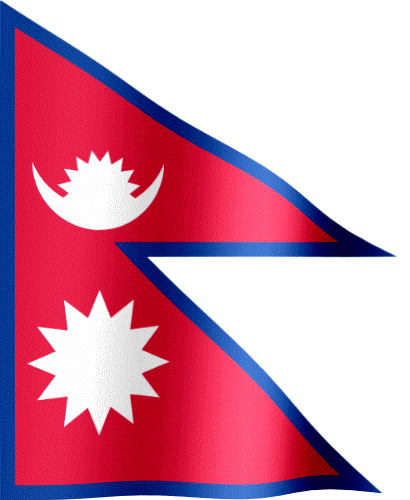The Golden Gate is one of the most famous landmarks in Bhaktapur Durbar Square, which is located in Bhaktapur, Nepal. It is a beautiful and intricately decorated gate that leads into the courtyard of the Palace of Fifty-five Windows. The gate is made of pure gold and features exquisite carvings and designs that showcase the skill of Nepalese artisans.
The Golden Gate is considered to be a masterpiece of Newari architecture and is a popular tourist attraction in Nepal. It was built in the early 18th century by King Ranjit Malla and is the main entrance to the Palace of Fifty-five Windows. The gate is decorated with various figures and deities from Hindu mythology, including Garuda, the vehicle of Lord Vishnu.
The gate is a symbol of the wealth and power of the Malla dynasty, who ruled over Nepal from the 12th to the 18th century. The intricate carvings on the gate are said to represent the four elements of nature - earth, water, air, and fire - as well as various Hindu deities.
The Golden Gate is considered to be one of the most beautiful and unique works of art in Nepal and is a testament to the rich cultural heritage of the country.
Exploring the Golden Gate of Bhaktapur Durbar Square.
The Golden Gate is an intricately designed, gilded doorway in Bhaktapur's Durbar Square, a UNESCO World Heritage Site.
Built-in the 18th century, the gate is adorned with carvings of gods and goddesses, and is considered one of the most stunning examples of metalwork in the world.
While the gate is a popular tourist attraction, it also serves as an important cultural and religious symbol for the people of Bhaktapur.
If you ever find yourself in Nepal, don't miss the opportunity to marvel at the beauty and history of the Golden Gate.


